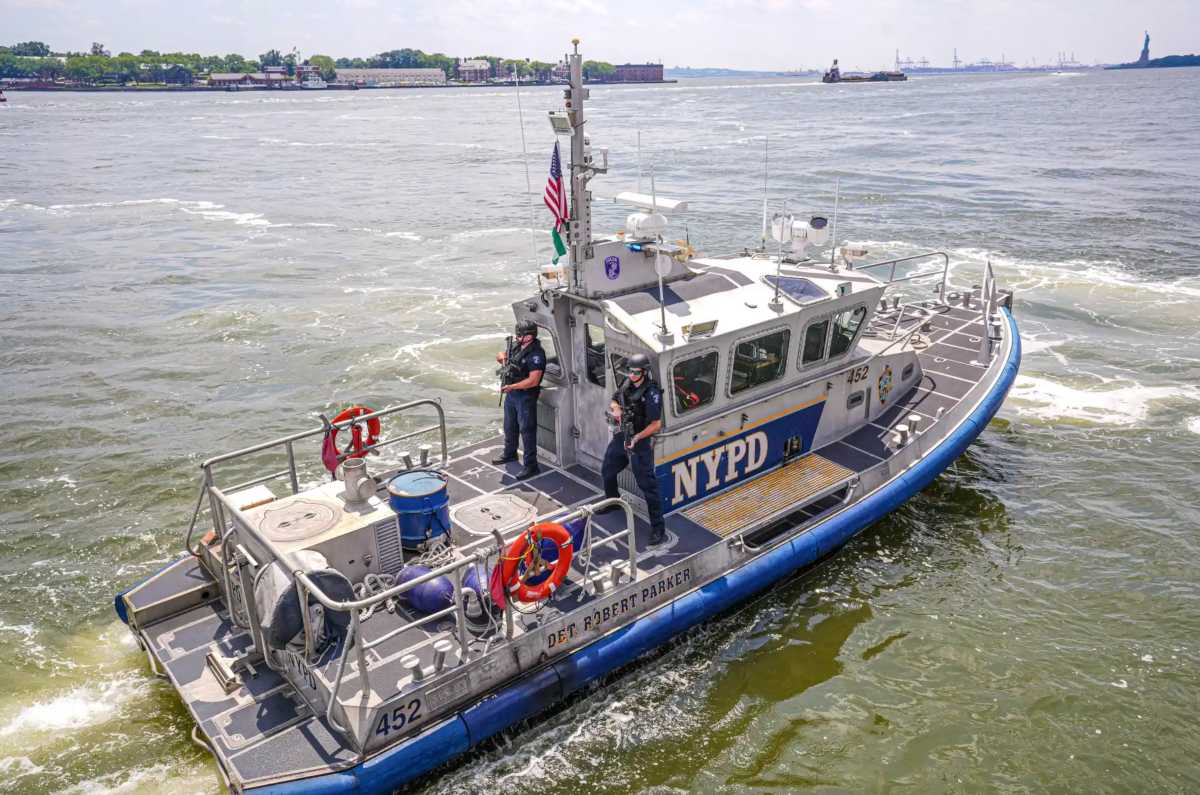The Metropolitan Transportation Authority (MTA) recently announced a three-pronged approach including improvements in operations, engineering and communications in order to prevent a system-wide shutdown similar to the one experienced during the August 8 flooding.
In a report delivered to Governor Eliot Spitzer, the MTA acknowledged that at the height of the August storm, it did not provide adequate alternate travel options or communicate information effectively to riders.
“While the August 8 storm was the most severe in memory, it is clear that the MTA must do more for our customers in extreme situations,” said Elliot Sander, MTA Executive Director and CEO. “The solutions identified in this report will dramatically improve our ability to handle future emergencies and ensure that we will better communicate with our customers 365 days a year.”
The MTA said it would target the top ten flood-prone areas and explore alternatives to prevent water inflow as well as removing the water more quickly. The report listed installing check valves to prevent backflow, increasing pumping capacity and deploying portable pumps and staff to locations before the height of the rain.
In addition, the report also said that the authority is addressing communications issues including email and text message alerts, cell phone service on subway platforms and new public address technologies.
The MTA has already committed to $30 million for short-term improvements and plans to present long-term projects to the State Legislature early next year.
City Councilmember John Liu, who is the chair of the Council’s Transportation Committee, said the new initiatives were a step in the right direction for the MTA.
“I think it’s good. It’s far better than in the past when the MTA simply prayed to God,” Liu said. “At least now they have put together a plan of action and for the most part, it makes sense.”
Liu said he was encouraged with many of the elements of the plan, but said he would like the MTA to pay more attention to maintaining and upgrading the drainage infrastructure, which he said caused much of the flooding woes.
Meanwhile, Assemblymember Michael Gianaris said he is proposing a new state commission to study infrastructure in the city in light of the flooding, western Queens blackout in 2006, steam pipe explosion in midtown Manhattan earlier this year and other failings.
Gianaris said that under the proposal, the governor would appoint two representatives to the commission while the assembly, senate and state comptroller would appoint one person to the commission, which would compile a report card every year and make recommendations regarding how to improve the infrastructure.






























